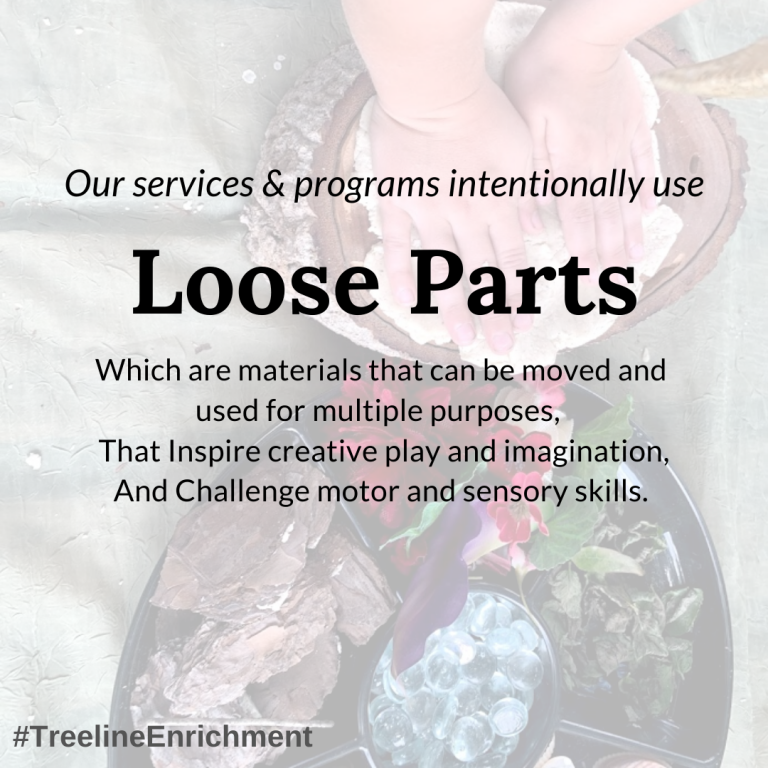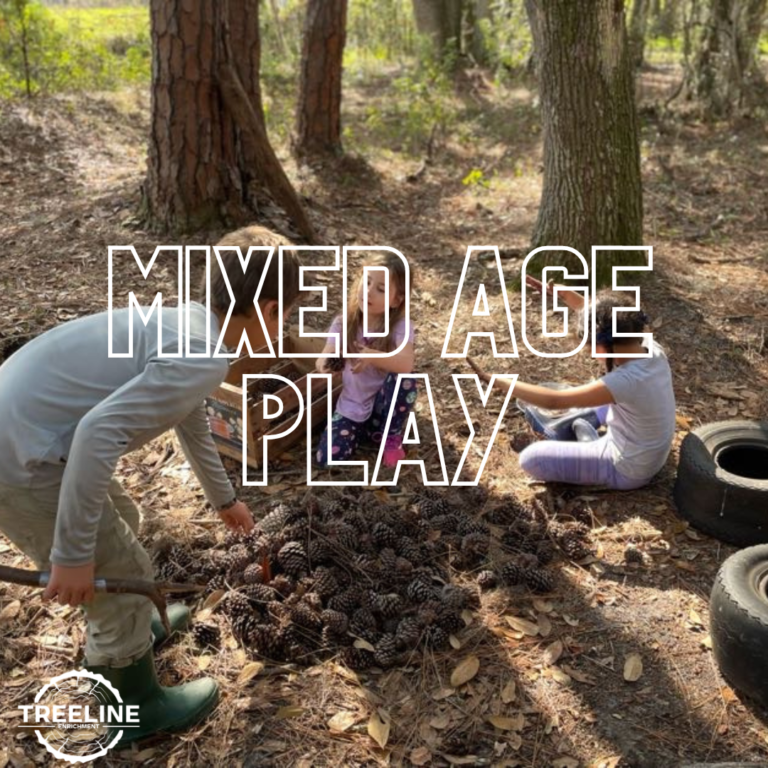Finding Calm in the Chaos
Are you trying to find calm in the middle of chaos?
Life sure seems crazy these days. So much uncertainty and change wreaks havoc on our nerves. Whether you are in the middle of difficult school decisions, feeling disconnected from others or tired of being cooped up with your family for far too long, we have some tips to help you find the calm you are searching for.
When it comes to family, there are many parts that work together to create a calm system. The parent or caregiver, the child, and the environment that they live within all work together to create the outcome. (For the rest of the article I will use the term “parent” and this can be interchanged with caregiver.) If one of these parts is out of sync, the whole family is disrupted.
If you have ever flown on an airplane before, you are familiar with the warning from the flight attendant that directs parents to put on their oxygen mask FIRST before attending to their children. The same is true in the home. It is an essential role of a parent to take care of yourself in order for the home to function well.
An important thing for parents to understand is that children are not born knowing how to control their emotions. They rely on their parents to teach them how to recognize and manage their emotions. As the parent connects with them and shows them how to calm themselves, the child learns over time how to do it themselves.
This supportive coaching and modeling by a caregiver, also known as co-regulation, over time, teaches a child to self-regulate on their own. Psychologist Jody Carrington puts it this way, “Telling someone how to behave is never, ever, as powerful or as transformative as showing them what you want from them.”
“Telling someone how to behave is never, ever, as powerful or as transformative as showing them what you want from them.” -Jody Carrington

Parents Strategies
Things YOU Can Do To Contribute to a Calm Household:
- Sleep – While it holds true that the amount of sleep a person requires varies between individuals, there is no denying that getting enough sleep is essential to functioning well. Research shows that not getting enough sleep hurts attention, executive functioning, working memory, mood, quantitative skills, logical reasoning and even motor dexterity. Most healthy adults require between 7-9 hours of sleep to be at top performance. Are you getting the sleep you need?
- Healthy Diet – It is hard to go a day without hearing about eating healthy. While the recommended “diet of the day” changes often, there is no denying that eating a balanced diet, high in fresh fruits and vegetables is best for our bodies. Keeping your bodies fueled properly prepares you to be a connected parent. A hangry parent is not going to set a tone that fosters connection.
- Avoid Mental Fatigue – As parents, we spend all day exercising our brains – often to the point of exhaustion. We answer our toddlers endless questions. We negotiate sibling conflicts. We make decisions about our child’s future. Many of these decisions are made on top of working at home, driving to extracurricular activities and making meals. If you add in a child with special needs and our brain energy is totally depleted. We attempt to get a break by sitting in front of a screen binging, listening to podcasts or playing games.
What our brains really need is a chance to stop, refuel and restore. Incorporating strategies that give your minds a break might sound unattainable but it is important to make it a priority. Some strategies include deep breathing exercises, yoga, simplifying activities, and letting go of perfect. - Exercise – Not only does exercise make us stronger, it helps prevent disease, reduces anxiety and depression, boosts immunity, helps regulate appetite, buffers against the toxic effects of stress and makes us think better. Simply put, the more we move, the better we think. The better we think, the better we parent. If that doesn’t encourage you to get moving, I don’t know what will.
How much exercise do you need? Even just exercising for 20 minutes twice a week will be beneficial. Take a walk, go for a run, work in the garden – you AND your kids will benefit.
- Get Outside – No doubt, one of the best things you can do for yourself is to get outside. It will help you sleep better, provide a visually stimulating backdrop for restoration or a great place to get exercise. By getting outside, away from the distractions of life, you can give yourself the recharge you need to be the best parent you can be.

Child Strategies
You may have heard the expression, “What’s good for the goose, is good for the gander.” This holds true for families. All the things I mentioned above that benefit you as a parent are also good for the mental health of your child. Adequate sleep, a healthy diet, mental breaks, movement and getting outside are all things that benefit a child and help them stay calm when faced with stressful situations.
Because a child is still developing, there are specific things you can do to guide their growth and emotional regulation so they can learn to calm themselves.
What can you do to help your child regulate their emotions?
- Connection – Humans are wired for connection. It is within the context of connection that children learn to navigate their emotions and accept themselves. Healthy connection creates a safe place to make mistakes and learn. Through connection, one is better able to handle difficult things, persevere and learn resilience. Stay present in the midst of chaos and make sure your child knows you are there for them – even if they don’t recognize it in the moment.
- Recognize body signals – Begin early on to help your child connect their internal body signals to emotions. When you potty train your child you are helping them recognize an internal signal. There are many other signals a body gives that are more closely related to emotions. If they get startled, have them feel their heartbeat and notice how fast it is beating. When they are hungry, talk to them about their rumbly tummy. Learning to recognize the body’s signals is the first step to being able to regulate their emotions.
- Movement– Certain types of movement work with the brain to help it organize input and impact our arousal.
- Vestibular Movement – Vestibular input is located in the inner ear and has to do with balance and positioning in space. This system supports many of the other sensory systems in the body. Movements that activate this system are things like swinging, spinning, running, and climbing. Vestibular activity can either be calming or alerting for a child.
- Proprioceptive Movement – Proprioceptive input lets you know where your body is in space and is located in muscles, joints and ligaments. Activities that include proprioception, also known as heavy work, include jumping, blowing, lifting and carrying heavy objects. These types of activities can also be calming or alerting. Try activities such as playing with playdough, kneading bread, blowing bubbles or jumping on a trampoline.
Want to incorporate both types of movement? Have your child create an outdoor obstacle course using items such as wood planks, a wheelbarrow, pallets, balls and rope.
NOTE: if you suspect your child is extra sensitive to these types of movement or other sensory input, talk to your pediatrician or an occupational therapist and see if your child could benefit from skilled interventions.
- Vestibular Movement – Vestibular input is located in the inner ear and has to do with balance and positioning in space. This system supports many of the other sensory systems in the body. Movements that activate this system are things like swinging, spinning, running, and climbing. Vestibular activity can either be calming or alerting for a child.
- Give Them A Snack – When a child is in the middle of a meltdown, their brains literally turn off their ability to reason. Dan Siegel, author of The Whole-Brain Child, dubbed this as “flipping their lid.” There is no point in trying to rationalize with them until their thinking brain comes back online. It is literally impossible to chew and swallow when you have a flipped lid. By offering a snack, you are giving your child a chance to get back to a place where they can think through the situation. Has your child lost it? Offer them a cookie and a glass of milk!
- Know Your Child – Most likely you will know the signs in your child’s behavior when they are escalating and heading towards meltdown. Often we see it coming before your child even knows it themselves. Talk with your child and create a secret signal that you can give your child when they are beginning to lose it. Let them be part of the process and they are more likely to participate. Maybe you tap your temple or wink. Have them come up with a response. This can be a simple solution to catch things before they get out of control and it reduces the shame of being called out in front of others.

Your Environment
So you know some strategies to help yourself and your child stay calm, what else can you do? The third component to look at is the environment that you live within. This includes the physical environment, as well as the atmosphere that surrounds your household.
Here are some tips for an environment that support a calm home:
- Predictability – Children operate better when they know what to expect. Having a normal rhythm to the days and weeks has a calming effect. While this has been a challenge during Covid-19, it is still important to create a feeling of normalcy. Make a simple visual schedule or list that shows what is happening during the day. Include your child in making the list. If you have any changes such as doctor appointments or outings, make sure and give plenty of warning.
- Humor – Humor is a great way to disarm the nervous system. It is impossible to be mad when you are laughing. Make laughter part of your family atmosphere. Funny movies, jokes and even laughing baby videos are a great way to keep smiles around.
- Avoid Sensory Overload – To help create a calm environment, try keeping sensory distractions to a minimum. Limit the number of toys available by rotating them out by week or month. Be aware of sounds that can be overwhelming such as having television or games on in the background.
- Music- Music is a great way to influence the mood. If the mood is low, try playing some happy music that is fun and familiar. A dance party is a great way to lighten the mood. Create a happy playlist for just those occasions. If things are feeling a little tense or anxious, try playing some calm or soothing music, such as classical or instrumental music. Have your child help you choose music for different occasions. Allowing a child to be part of the decision making process is always a great way to get them participate in something. It is also great training for them to put strategies in place for themselves.
Ready to find calm in the chaos?
A great starting place for putting all these strategies in action is to plan some outdoor activities with your family.
Frederick Law Omsted, a renowned landscape architect, says that nature “employs the mind without fatigue and yet exercises it; tranquilizes it and yet enlivens it; and thus, through the influence of the mind over the body, gives the effect of refreshing rest and reinvigoration to the whole system.”
At Treeline Enrichment we strongly believe in the importance of nature for the health and wellness of our families. By spending time together outdoors, you are not only setting aside time to connect with each other, you are creating opportunities for movement, fun, stress relief and personal growth. Check out some of our other blogs for ideas about activities you can try at home.
Nature “employs the mind without fatigue and yet exercises it; tranquilizes it and yet enlivens it; and thus, through the influence of the mind over the body, gives the effect of refreshing rest and reinvigoration to the whole system.” -Frederick Law Omsted
This post contains an Amazon Associate link. When you purchase through this link, you are helping us (at no additional cost to you) to continue to provide high quality materials and resources for our therapy groups and natural play experiences.








